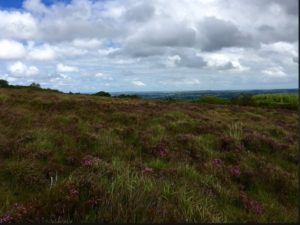The term is defined in the EU Habitats Directive as: “a site of Community importance designated by the Member States through a statutory, administrative and/or contractual act where the necessary conservation measures are applied for the maintenance or restoration, at a favourable conservation status, of the natural habitats and/or the populations of the species for which the site is designated.” That’s a roundabout way of saying that the SAC are places within each EU Member State where species of animals and habitats of those species receive special protection, under law, to preserve those spaces for those species.

The species (about 1,000) and types of habitats (over 200) are listed in Annexes to the Directive, and applicable to the Member States where they exist. The particular habitats for those species are identified by the Member States.
About 12,600 sites covering 420,00 km2 have been identified across the EU. The Republic of Ireland has identified an area covering about 13,500 km2; Northern Ireland has about 54 SACs.
Some further ideas to explore on SACs:
Identify the nearest SAC near you and determine its current environmental status.
What conditions or activities are adversely affecting the SAC?
What action is being taken by the local or national government to correct the adverse impacts?
Sources:
European Union, Council Directive 92/43/EEC of 21 May 1992 on the conservation of natural habitats and of wild fauna and flora (the Habitats Directive). bit.ly/2NGVK66
UK Joint Nature Conservation Committee, Special Areas of Conservation (SAC) bit.ly/2wxYZq2
“Special Area of Conservation (SAC),” Biodiversity a-z (UN environment). bit.ly/2wCuqzq
Ciaran Moran, “Almost 13,000 acres of land set to be designated Special Areas of Conservation,” The Independent (21 August 2017). bit.ly/2wA3b8K


No comments yet, add your own below